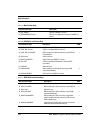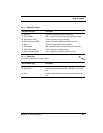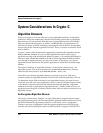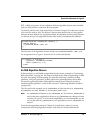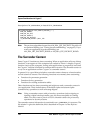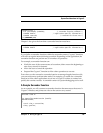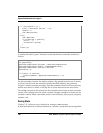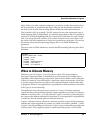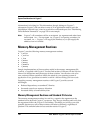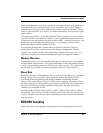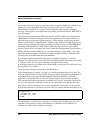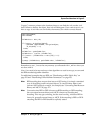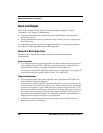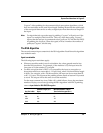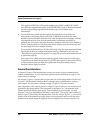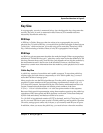
System Considerations In Crypto-C
122 RSA BSAFE Crypto-C Developer’s Guide
information it is looking for. This information, though, belongs to Crypto-C;
subsequent Crypto-C calls can alter or erase it. If an application needs to save the
information, it should copy it into its own buffer or allocated space. See “Distributing
Diffie-Hellman Parameters” on page 253 for an example.
Note: Crypto-C will sometimes call for an
unsigned int argument and other times
an
unsigned int *. For unsigned int, Crypto-C is expecting a number; for
unsigned int *, Crypto-C will supply the number, so you just supply the
address of an
int variable.
Memory-Management Routines
Crypto-C uses the following memory-management routines:
• T_malloc
• T_realloc
• T_free
• T_memset
• T_memcpy
• T_memmove
• T_memcmp
Sample implementations of these routines reside in the memory management file,
tstdlib.c, supplied with Crypto-C. See the final section of Chapter 4 in the Reference
Manual for descriptions and prototypes of these routines. You can also write your
own versions of these routines to satisfy the needs of your operating system or
application. It is a good idea to examine
tstdlib.c before writing your own code.
Supplying memory management routines with Crypto-C provides several
advantages:
• Reduced dependency on standard C libraries
• Increased control over memory allocation
• Increased ability to handle binary data
Memory-Management Routines and Standard C Libraries
The memory-management routines in tstdlib.c organize the arguments to the
standard call to best suit Crypto-C’s purposes. They do type checking and verify that
the arguments follow the Crypto-C conventions. This helps you to keep your code
portable, because any call to these routines will behave uniformly, regardless of
platform. This uniform behavior best suits the needs of Crypto-C.



